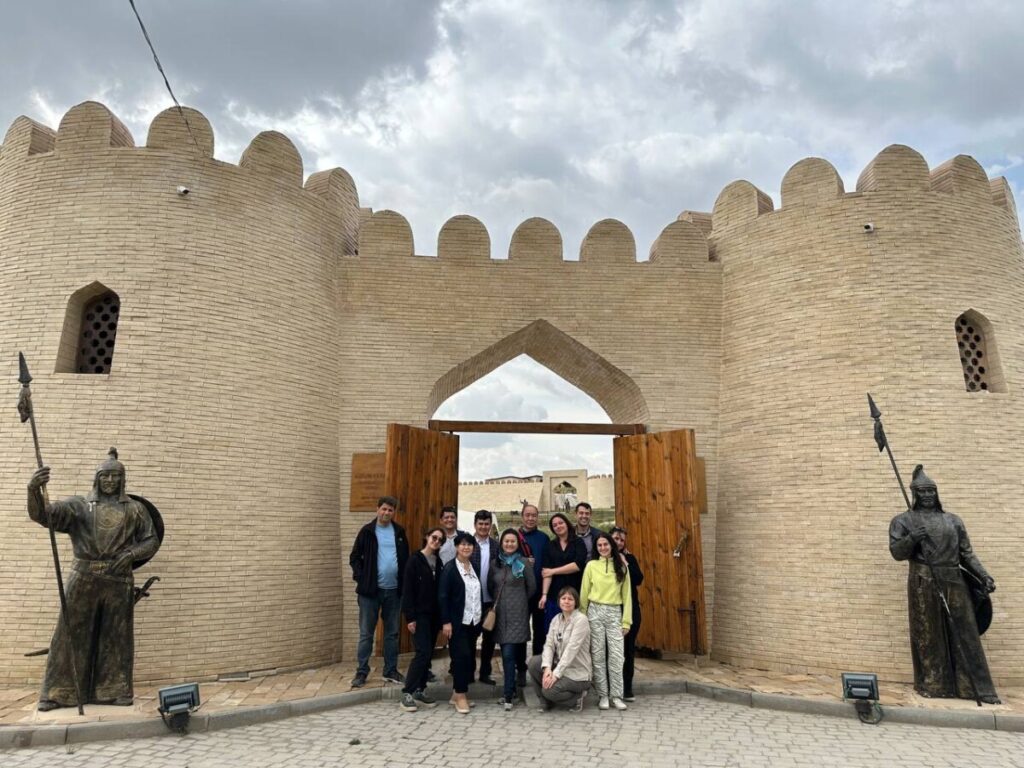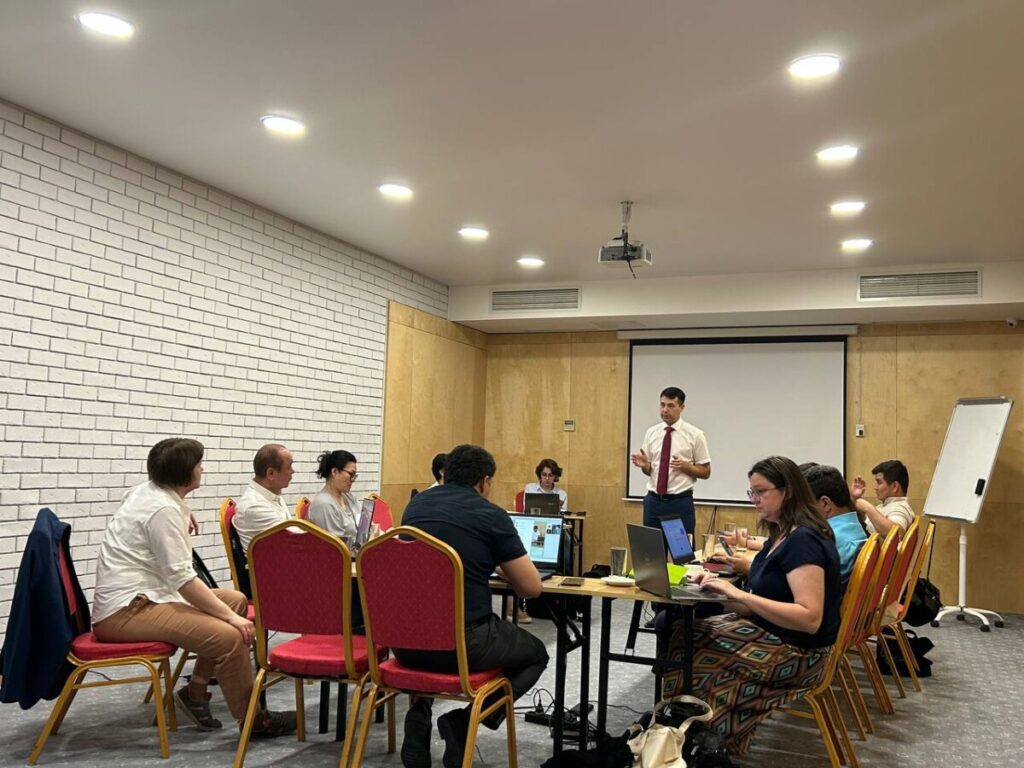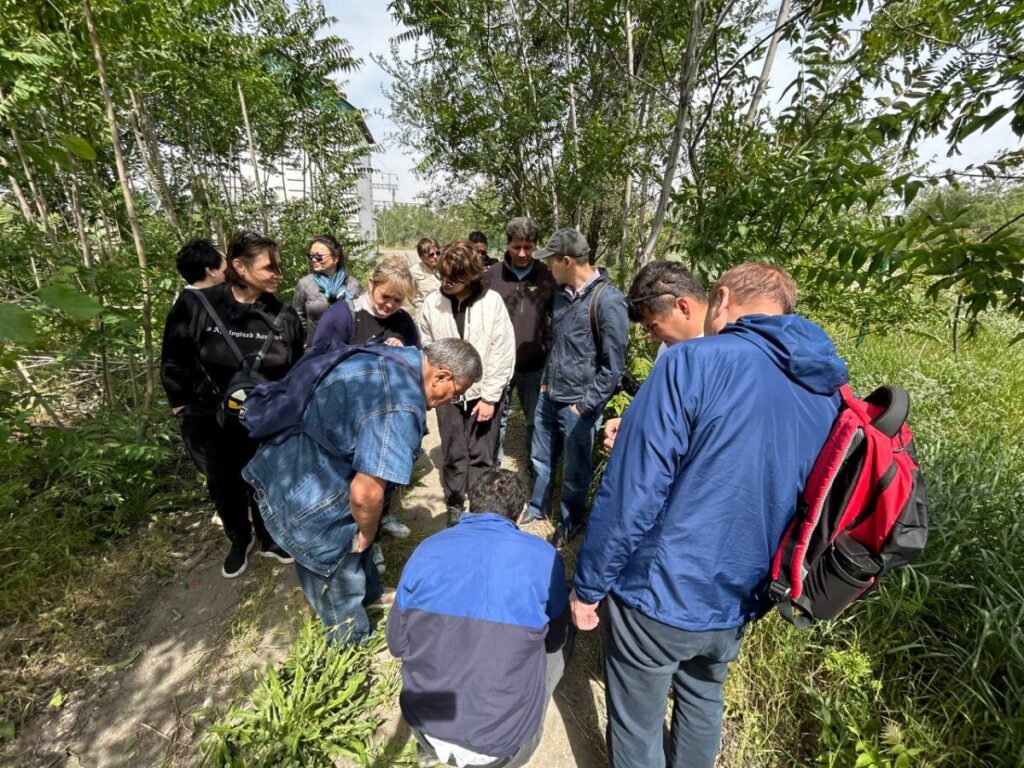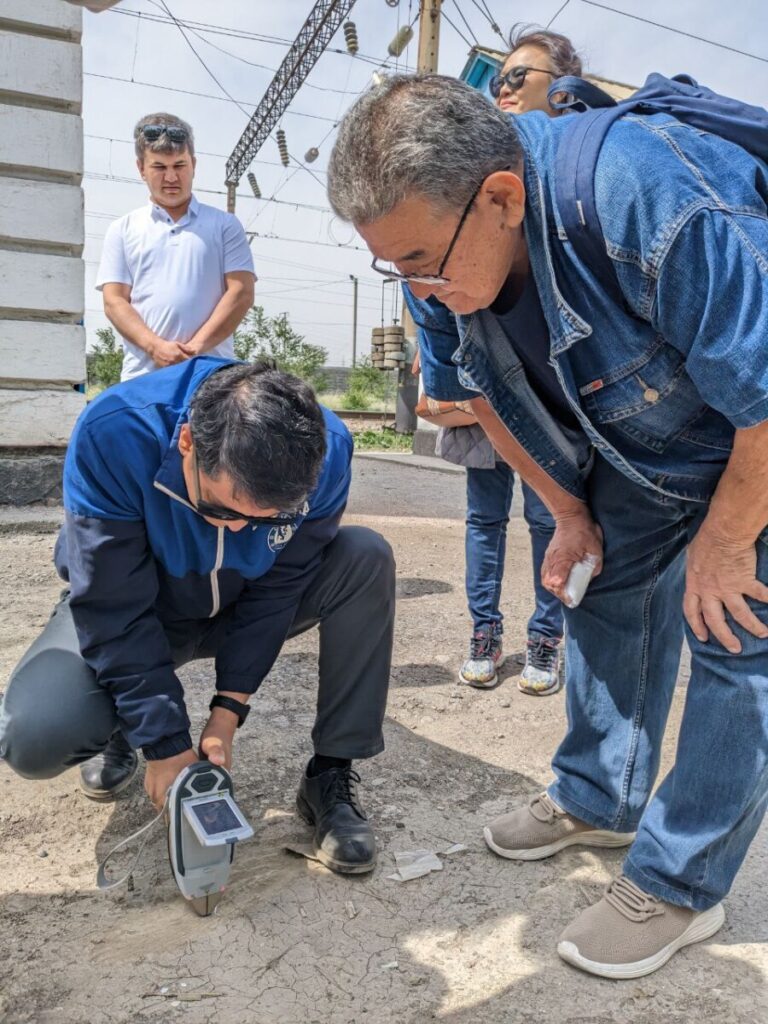Over the years, Pure Earth has cultivated and worked with a dedicated and highly skilled global network of professionals that we continue to call on for regional and specialized expertise. Recently, a group of our colleagues launched a new organization focused on solving pollution in Eastern Europe and Central Asia. The Environmental Health and Pollution Management Institute (EHPMI) will work to bring solutions to residents living in Ukraine, Georgia, Armenia, Azerbaijan, Kazakhstan, Kyrgyzstan, Tajikistan, and Mongolia, and will help unite the efforts of professionals, experts, and nonprofit groups working in the region.

With collaborations being such an important way to expand the impact of pollution solutions, we congratulate EHPMI for opening a new touchpoint in that region of the world, and we look forward to continuing to work together.
By bringing together people with diverse expertise in health, environmental engineering, policy, media and more to work on projects, practitioners make connections, share knowledge, and form partnerships that will grow. It is a model we pioneered and are excited to see it expand.

Petr Sharov leads EHPMI after two decades of experience running the Far Eastern Environmental Health Fund and working for Pure Earth. In fact, the EHPMI team includes many environmental health veterans who met while working as country directors and coordinators for Pure Earth, and many continue to serve on Pure Earth’s Technical Advisory Board.
EHPMI team members with Pure Earth connections include:
- Erdenesaikan Naidansuren from Mongolia, the founder and chairman of the Environment and Security Center of Mongolia, who led Pure Earth’s project training Mongolian miners to go mercury free;
- Indira Zhakipova from Kyrgyzstan, who is well known across the Central Asia region for her work in environmental news and whose work with Pure Earth included the remediation of an irrigation channel contaminated with mercury in Naiman;
- Rovshan Abbasov, who was instrumental in Pure Earth’s first remediation project in Azerbaijan, which transformed a contaminated beach into a lush green landscaped area for families to enjoy;
- Khatuna Akhalaia, whose leadership in Pure Earth Georgia helped solve the mystery of why 41% of children in her country were lead poisoned;
- Umidjon Ulugov, who oversaw a number of Pure Earth projects in Tajikistan focused on obsolete pesticides under the umbrella of Blacksmith Initiative UK;
- Alena Temnikova, who worked on numerous projects across Eastern Europe and Central Asia for Pure Earth’s Toxic Sites Identification Program;
- and Aelita Sargsyan and Lusine TaslakyanIn who both worked for Pure Earth in Armenia.





